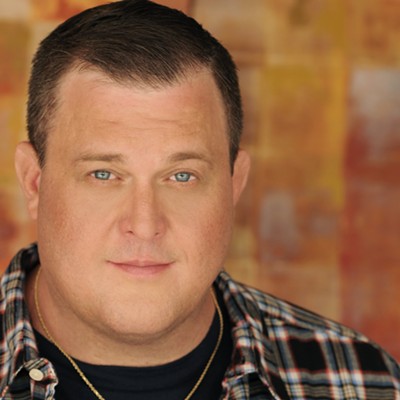Wednesday, October 28, 2009
Margaret Jenkins Dance Co./Guangdong Modern Dance Co.
The troupes' collaborative performance at the Byham this past Saturday, titled Other Suns (A Trilogy), was among the best dance performances I've ever seen, for at least two of its three movements.
The show grew out of collaborations between the San Francisco-based Jenkins company and Guangdong Modern, which is mainland China's first professional modern-dance troupe (founded 1992). The complete work's world premiere was in September, and this Pittsburgh Dance Council performance seems to have been the first time in Pittsburgh for both companies.
It was an enthralling introduction. Part one was performed by Jenkins' company, set mostly to minimalist music by composer Paul Dresher. The movement style was striking: at once big and sweeping and sensuous, with frequent flash-pauses for group tableaux that broke apart at the touch of a single dancer. The eight dancers moved through solos, duets and group passages of amazing complexity, also impressive for the near-absence of repeated movements.
Part two began with five Guangdong Modern dancers prone on the stage. As at the beginning of part one, the performers were harshly backlit. Where part one began with dancers in conflict (pushing, pulling), part two commenced with performers moving in unison, slowly, like creatures on the sea floor.
A series of impressive solos and duets followed, also to music by Dresher. Themes emerged, commenting on differences between the two cultures. Guangdong's dancers wore identical silver two-pieces, in contrast to the similarly earth-toned but slightly varied costumes work by the Americans. And the conflicts that emerged in part two felt more political than interpersonal, with a lone dancer left standing after the others had dropped to the floor, even as the music halted abruptly mid-passage.
Part three, danced by both companies together, seemed a synthesis. The costumes worn by all 15 dancers were now all similar to each other, but with slight individual variations. The music, though again composed by Dresher, became spacey, with the notable addition of a keening, Pink Floyd-style electric guitar. The group choreography (though a collaborative effort) recalled part one more than two, only much busier, on a much more crowded stage.
From my low-angle seat, in fact, a little too crowded -- going beyond the first act's pleasing stimulation to a kind of visual overload, and the sense that you were missing lots of interesting things going on upstage because of the dancers downstage. (I should note that others in the audience, in contrast, enjoyed this effect, and that the choreography was probably much more legible from the balcony.)
The movement style also became somewhat more familiar -- not so much because of movements repeated from earlier acts that created thematic unity, but because for the first time I noticed movements that were not unique to this piece: backwards running, slow walking, multiple pirouettes. Up till then, I felt I was seeing nothing I'd ever seen before that night.
Don't misunderstand: Act three was still fine, even splendid. It was just that the bar had been set high: There wasn't anything great about part three that wasn't already great about parts one and two. And with something as fine as Other Suns, that truly counts as a quibble.
Tags: Program Notes












